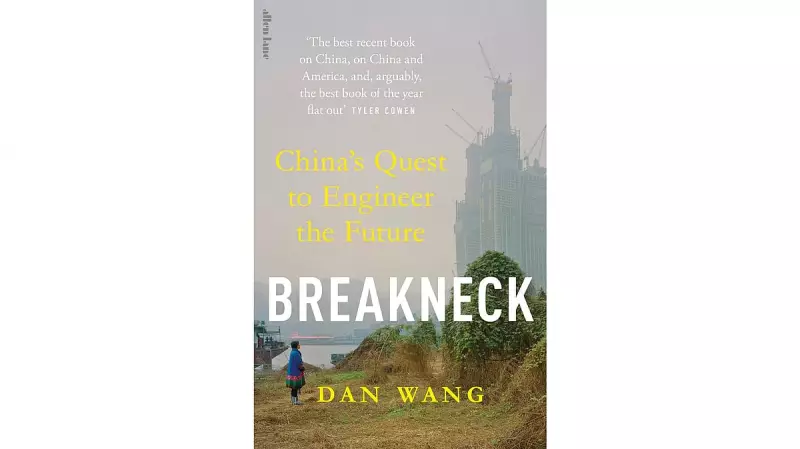
In today's rapidly evolving global landscape, a striking contrast emerges between two superpowers' approaches to international development. While China methodically expands its infrastructure influence across continents, the United States finds itself preoccupied with internal political discourse, creating what experts call a defining moment in 21st-century geopolitics.
The Building Giant: China's Methodical Expansion
China's Belt and Road Initiative (BRI) represents one of the most ambitious infrastructure projects in modern history. Through this massive undertaking, China has constructed ports, railways, highways, and power plants across Asia, Africa, and Europe. The scale is staggering – spanning nearly 150 countries and involving investments estimated at over $1 trillion.
The strategic approach is systematic and long-term. Chinese companies build infrastructure in developing nations, often financed through Chinese loans, creating what analysts describe as a web of economic interdependence. This infrastructure diplomacy has positioned China as the preferred partner for many emerging economies seeking rapid development.
America's Internal Focus: Debates Over Direction
Meanwhile, the United States presents a contrasting picture. American political energy remains largely directed inward, focused on domestic policy debates and political divisions. While the US possesses the technical expertise and financial capacity to compete globally, its foreign infrastructure initiatives have faced challenges in matching China's scale and speed.
Recent American initiatives like the Build Back Better World (B3W) and Partnership for Global Infrastructure and Investment represent attempts to counter Chinese influence. However, these efforts have struggled to gain the momentum needed to effectively compete with China's established presence across multiple continents.
The Global Impact
This divergence in approach has significant implications for international relations:
- Development Gap: Many developing countries now have access to infrastructure funding that was previously unavailable
- Diplomatic Realignment: Nations are recalibrating their international relationships based on infrastructure needs
- Economic Dependencies: New trade routes and supply chains are emerging along Chinese-built corridors
- Soft Power Shift: Infrastructure projects are translating into increased political influence for China
Expert Perspectives on the New World Order
International relations specialists observe that we're witnessing a fundamental restructuring of global power dynamics. The infrastructure gap between Chinese action and American debate reflects broader trends in how these nations approach global leadership.
Some analysts argue that China's infrastructure-first approach creates tangible benefits for partner nations, while others express concerns about debt sustainability and political leverage. The debate continues about the long-term implications of this development competition.
What remains clear is that the rules of international engagement are being rewritten – not through military conflict, but through concrete, steel, and diplomatic partnerships. As one Asian diplomat noted anonymously, "When you need a bridge built, some countries send papers, others send engineers."





